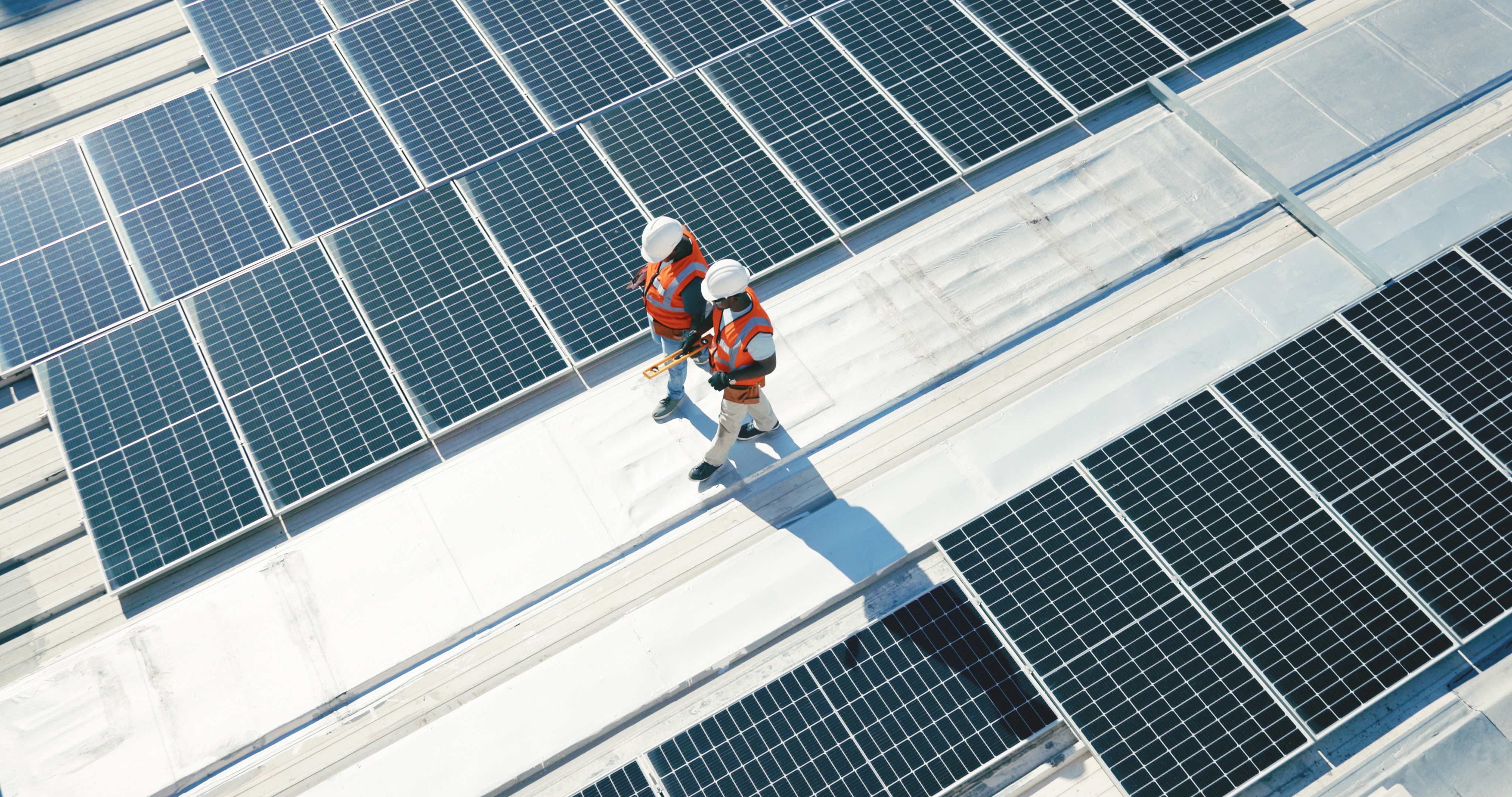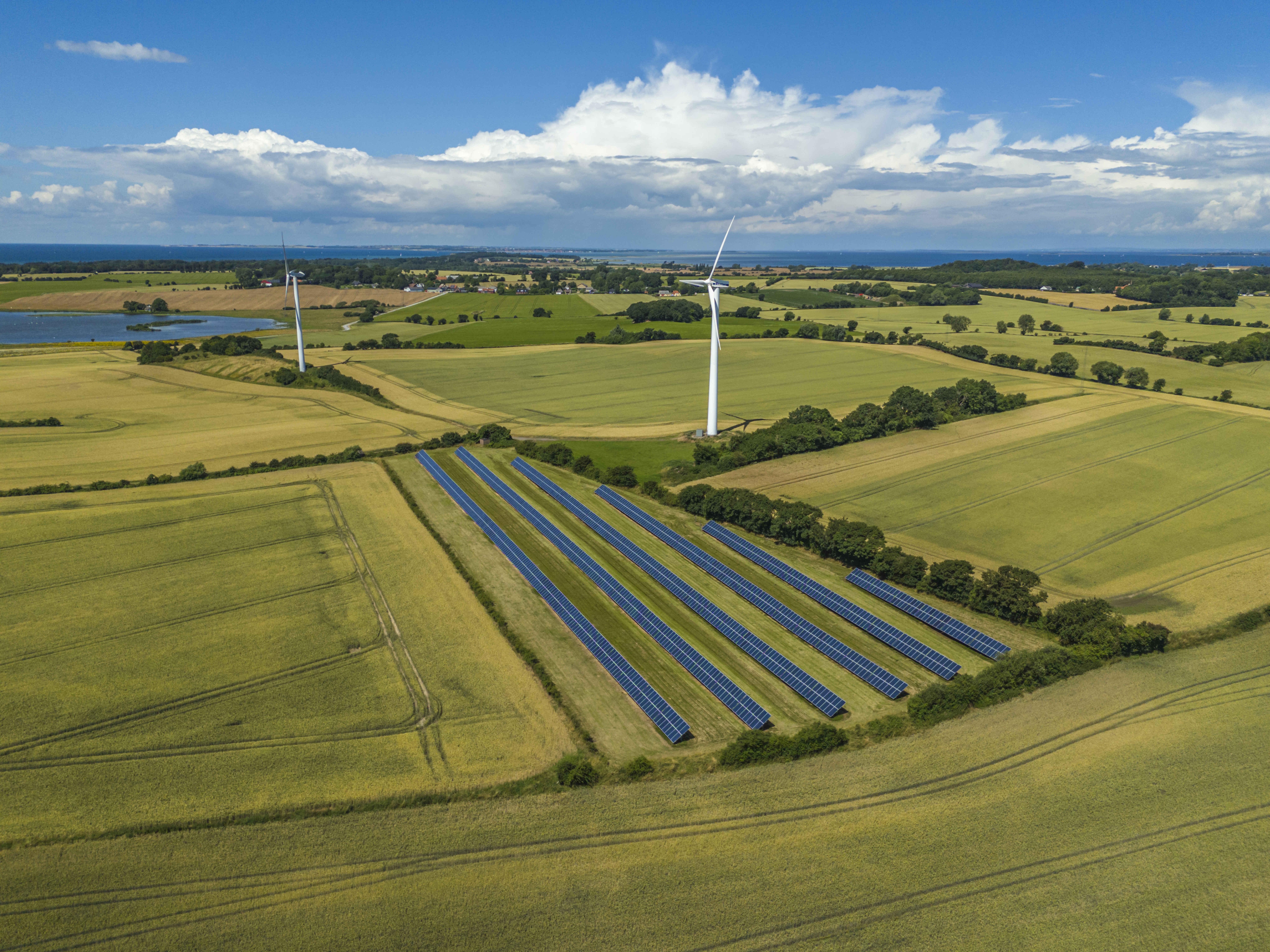8 key definitions to help you understand Virtual Power Purchase Agreements (VPPAs)

Developing your understanding of VPPAs
Are you considering a Virtual Power Purchase Agreement (VPPA) for your business? Understanding the intricacies of these agreements is crucial for making informed choices. VPPAs are complex financial instruments used to procure renewable energy, and boosting your literacy of key definitions can help you navigate these agreements successfully.
We’ve asked our team of experts to help compile their top eight terms to help you understand Virtual Power Purchase Agreements:
1. Virtual Power Purchase Agreement (VPPA)
No surprises here, our first important definition to get to grips with is VPPA! A VPPA is a financial contract between a renewable energy project developer and a buyer , where the buyer agrees to purchase the project's renewable energy credits (RECs).
A VPPA is “virtual,” and different from a Physical Power Purchase Agreement (PPA),because it does not supply physical energy, but is rather a financial contract between a renewable energy producer and any entity, often a corporate buyer. This financial contract is a Contract for Differences (CfD) – see how this is defined later.
2. Renewable Energy Credits (RECs)
RECs represent the environmental benefits of generating one megawatt-hour (MWh) of electricity from a renewable energy source, such as wind or solar. They are a key component in tracking and verifying renewable energy generation and usage.
By purchasing and retiring RECs, your organization can claim the environmental benefits of the renewable energy produced, helping to meet sustainability goals.
3. Contract for Differences (CfD)
When a company enters into a VPPA, they agree to buy renewable energy at a fixed price. However, the actual market price of electricity can fluctuate. A VPPA is based on the difference between the market price and the fixed price. If the market price is higher than the fixed price, the renewable energy project pays the buyer the difference. If the market price is lower, the buyer pays the project the difference.
This way, the buyer has potential for upside against wholesale market prices as well as downside, which poses market risk. The renewable energy project secures a predictable revenue stream and thereby can more easily secure project financing.
4. Settlement period
The settlement period is the time frame over which the financial settlement between the fixed and floating prices occurs. It is usually monthly, but can also take place quarterly depending on the terms of the VPPA.
The settlement period is crucial for managing cash flow and financial planning, as it determines when payments are made and received, helping both parties to manage their financial risks and benefits effectively.
5. Regulated and deregulated markets
Regulated markets are characterized by a single utility company that controls the generation, transmission, and distribution of electricity, leaving consumers with limited or no choice in selecting their electricity provider. On the other hand, deregulated markets offer multiple electricity suppliers , allowing consumers to choose their energy provider. In North America, for example, there are several regional grids, called RTOs or ISOs, operating wholesale markets and of those, VPPAs have historically been centered in ERCOT and SPP.
A major benefit of VPPAs is that buyers seeking to procure renewable energy can be based in any market.
6. Aggregation
Another major benefit of VPPAs is that buyers can aggregate their load from multiple sites in different regions into a single VPPA. With higher volume, buyers can achieve economies of scale and benefit from lower prices and transaction costs while having access to more projects.
7. Additionality
When a company signs a VPPA prior to a project’s construction, they commit to buying renewable energy at a fixed price for a certain term. This financial commitment helps the renewable energy developer obtain the funding needed to build a new wind or solar project.
Additionality allows companies to claim that they have enabled new renewable energy capacity on the grid. VPPAs with additionality are often regarded as a more impactful way to purchase renewable energy rather than purchasing RECs from existing projects.
8. Customer portion of nameplate capacity
Nameplate capacity refers to the maximum amount of electricity (typically measured in megawatts), that a renewable energy project, such as a wind farm or solar plant, is designed to produce under ideal conditions. When contracting for a VPPA, the buyer decides on a percentage of the project nameplate capacity that is estimated to cover their load.
Developing your understanding of VPPAs
VPPAs are powerful tools for procuring renewable energy and achieving sustainability goals, but their complexity requires a solid grasp of various acronyms and potentially unfamiliar terms. Understanding these eight key definitions is a great starting point for navigating Virtual Power Purchase Agreements (VPPAs) effectively.
Let World Kinect support you with virtual PPAs
Learn more about our Power Purchase Agreement solutions, or speak to one of our renewable energy experts today.



